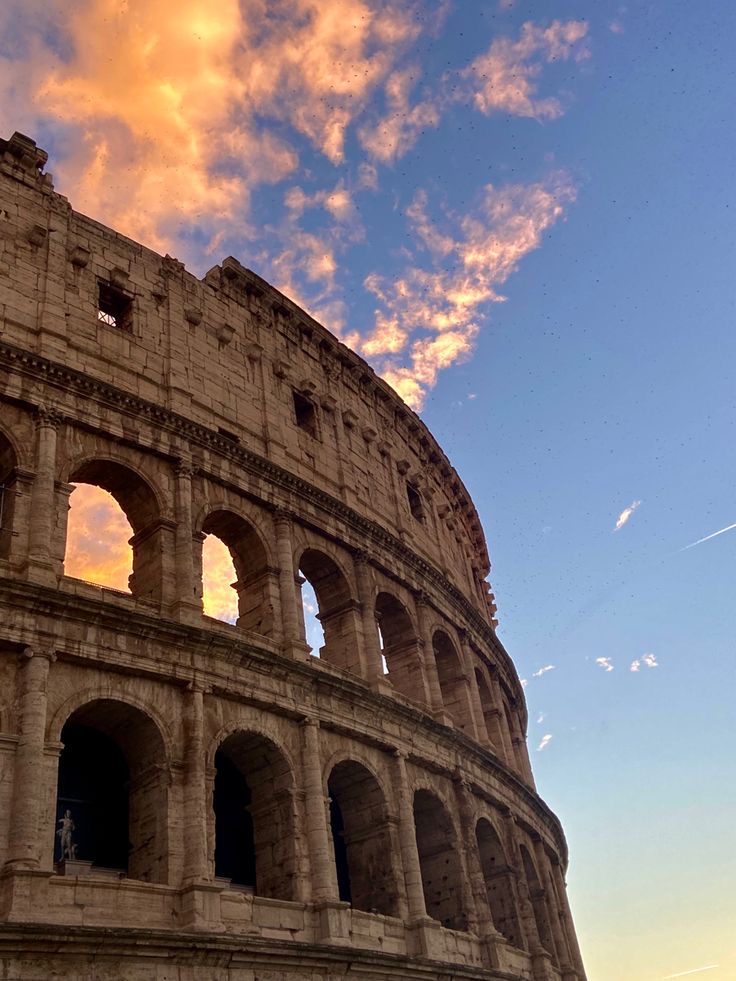The Colosseum’s history is rich and complex, spanning centuries and witnessing the rise and fall of empires. Here’s a deep dive into its past:
Origins and Construction (70-80 AD):
Emperor Vespasian initiated construction in 70-72 AD to appease the Roman citizens after the civil war and showcase his dynasty’s legitimacy.
Built on the site of Nero’s extravagant palace, Domus Aurea, which Vespasian demolished to erase Nero’s memory.
Construction employed thousands of Jewish slaves captured during the First Jewish-Roman War, highlighting the empire’s immense resources and brutality.
Completed in 80 AD under Titus, with inaugural games lasting 100 days featuring animal hunts, gladiatorial combats, and executions.
Golden Age of Entertainment (80-217 AD):
Became the stage for spectacular public spectacles, attracting citizens from all walks of life.
Gladiatorial combats were the main attraction, showcasing skilled fighters, exotic animals, and elaborate stage sets.
Animal hunts involved diverse creatures like lions, elephants, and even giraffes, reflecting Rome’s global reach and fascination with wildlife.
Public executions served as warnings and entertainment, further emphasizing the power of the emperors.
Stage adaptations of myths and historical battles offered entertainment and propaganda, reinforcing Roman values and identity.
Decline and Transformation (217-6th Century):
The fall of the Western Roman Empire led to a decline in funding and popularity of gladiatorial games, marking the end of the Colosseum’s golden age.
Earthquakes and fires caused significant damage, and repairs became less frequent due to financial constraints.
The rise of Christianity led to disapproval of violent spectacles, further diminishing the Colosseum’s importance.
By the 6th century, it was mainly used as a stone quarry, its grandeur stripped away for new buildings.
Medieval Period and Beyond (6th Century-Present):
Transformed into a fortress used by various powers, including noble families and the papacy.
Earthquakes continued to damage the structure, leading to further collapse and instability.
In the 18th century, the papacy undertook major restoration efforts, recognizing its historical and cultural significance.
Today, the Colosseum stands as a UNESCO World Heritage Site, attracting millions of tourists and serving as a powerful symbol of ancient Rome’s engineering prowess and social complexities.
Additional Points of Interest:
The Colosseum’s design and seating arrangements reflected Roman social hierarchy, with emperors having private boxes and senators occupying the lower tiers.
Underground networks of tunnels and chambers housed animals, gladiators, and stage machinery, highlighting the complex logistics behind performances.
Water systems and awnings ensured spectator comfort despite the intense heat during summer months.
The Colosseum remains a subject of historical and archaeological research, with ongoing efforts to uncover its secrets and understand its impact on Roman society.


Comment (0)